What I Learnt From Fashion Month
The past five weeks made for a gripping case study on the value of virality — and on who deserves it.
Spring/Summer 2025 presentations have come and gone, leaving us with the arduous task of making sense of the runway as everyone in the business, from buyers and marketers to editors, breaks down the past month’s jumbled opulence to offer strategic commentary for the new year. And while some critics have lamented about this season being too “flat” — too homogeneous, too commercial, and too, well, sellable — I would argue that that is also a shallow view of things.
First, the economic climate makes the “selling of stuff” more critical to brands than ever, as the unrelenting slow demand across luxury reshuffles the kind of investment, clientele and media exposure they receive, which, in turn, leads them to reimagine their entire business model. And so we see directionless studio collections that quite openly admit to being filler entertainment; emerging talent rushing to monetise their cultural cache through collaborations that don’t make sense; and previous creative prodigies having to reinvent themselves as the world becomes unbothered by their genius.
I imagine this is what it feels like to be a fan of a failed sports team — you believe in their potential, but the ruthless playing field robs you of the ability to even blame the players for losing (is that how sport works?). Still, every struggle leads to a renaissance, as evidenced by the few artistes still out there.
Leading the list is Alaïa’s Pieter Mulier, staging his runway in New York (the Guggenheim, thank you very much) — a first for the brand since the 1980s. What made this show stand out was its sans-gimmick virality; a rare combination of creativity, material innovation and cultural references made this presentation one of the most talked about for all the right reasons.
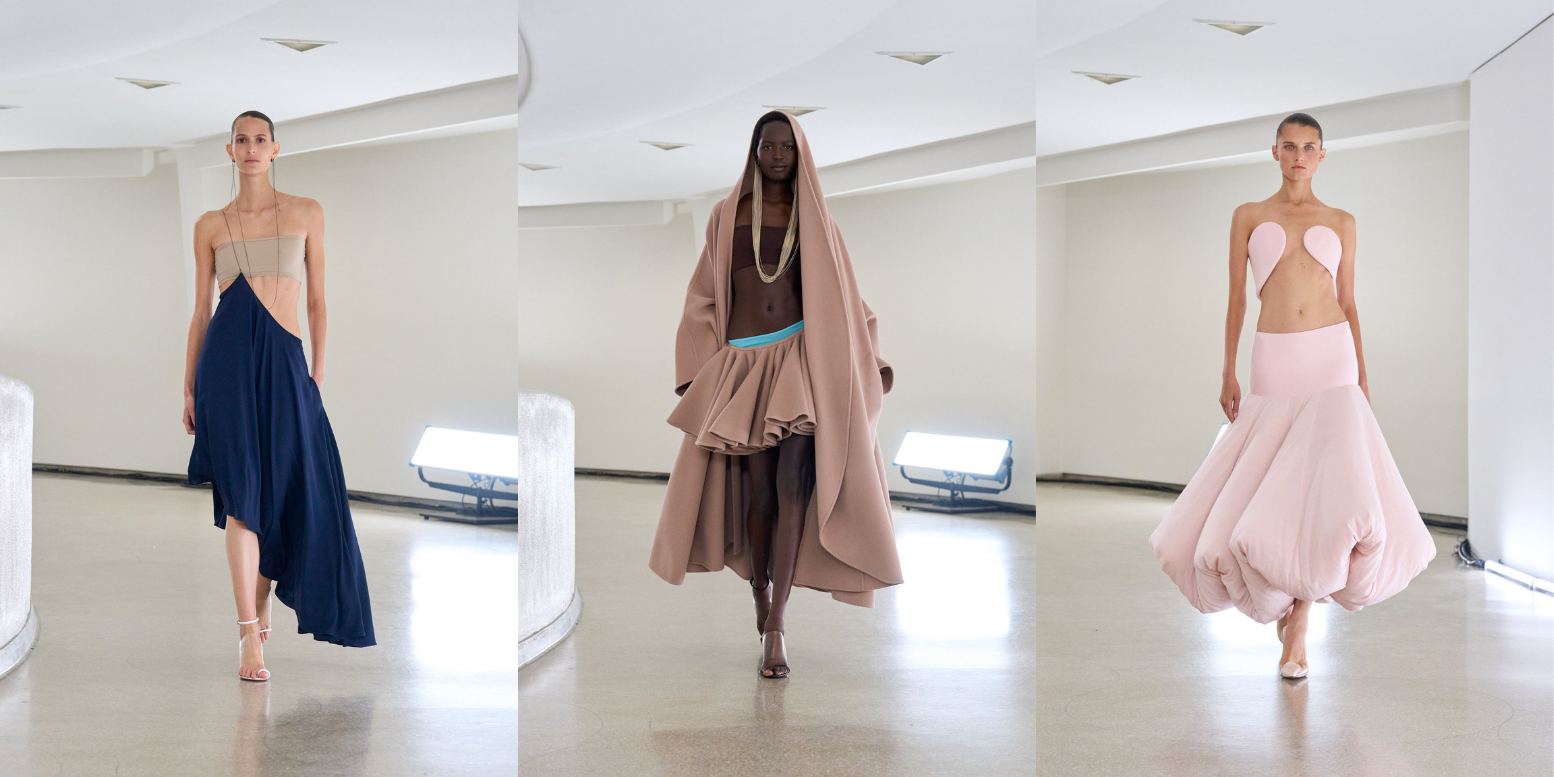
In Paris, Alexander McQueen is finally getting good, as Seán McGirr taps into his common ground with the label’s late founder through Irish banshee folklore. This proves my Third Collection Theory positing that that is how long it takes a new creative vision to fully unfurl. The vision is not always a revelation, however — just look at Sabato de Sarno’s third offering at Gucci. To quote the sharp-witted Rachel Seville Tashjian Wise of the Washington Post, the line offers “luxury basics for luxury basics.” That view is supported by a 20% quarterly drop in sales since his designs hit stores, as well as by anyone with eyes.
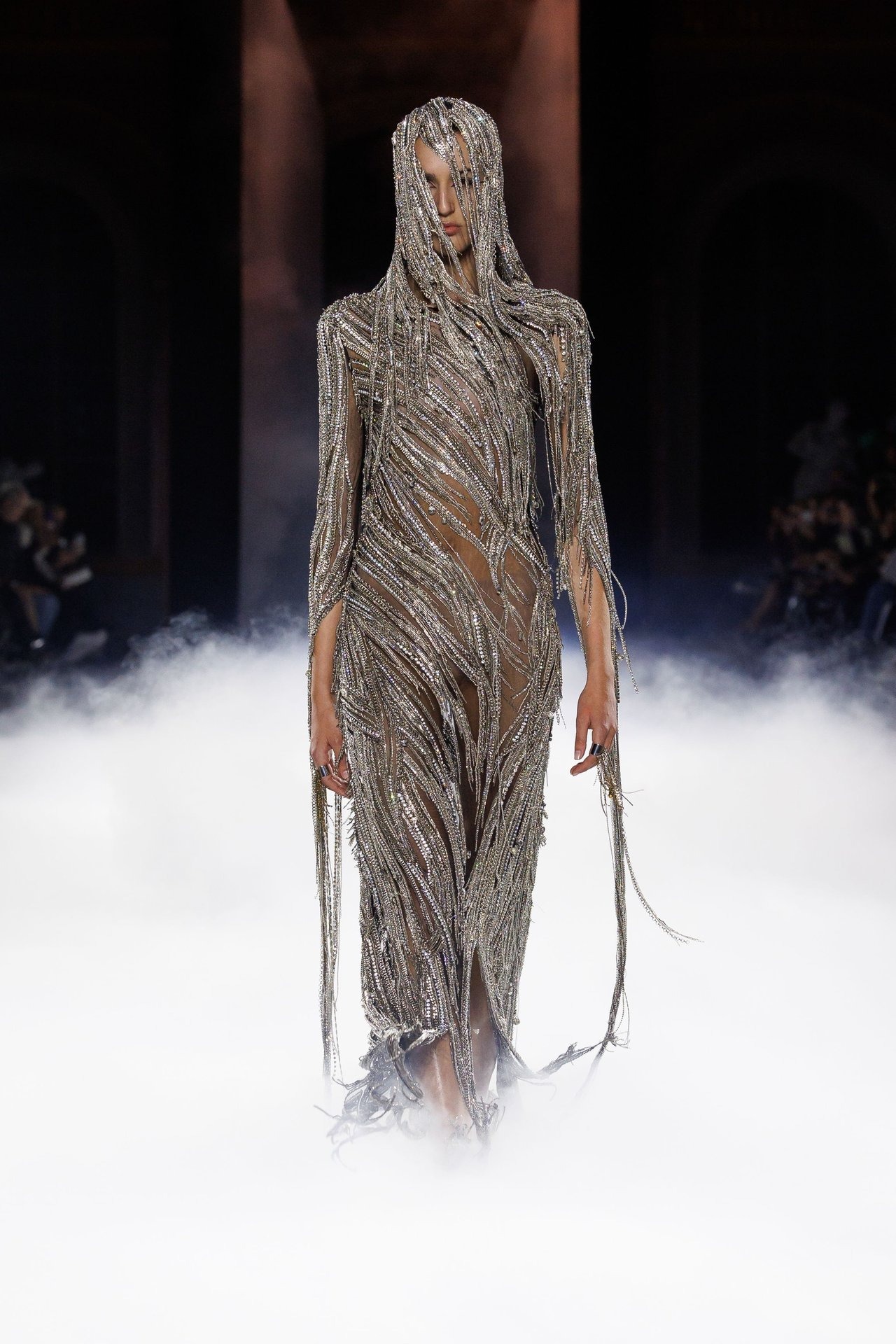
And since product alone does not drive sales, a review of this season’s true auteurs: Jonathan Anderson for his namesake brand and Loewe; Matthieu Blazy for Bottega Veneta; and Daniel Roseberry for Schiaparelli. Each a conceptualist well-versed in culture and art, they demonstrated different approaches to surrealism. Anderson through exaggerated proportions that somehow remained ethereal and feminine; Blazy through childlike wonder explored via an artisanal lens; and Roseberry through mythic medleys of shapes, colours and textures that walk the lines between fantasy and garment. An absolute treat.
Another notable mention goes to Alessandro Michele at Valentino. While his resort collection for the brand (his inaugural one at the Maison) was met with general indifference and criticism over its resemblance to his previous work, Spring/Summer 2025 serves as proof of his encyclopedic understanding of Valentino’s history and design codes, serving Roman grandeur like we haven’t seen it in a while.
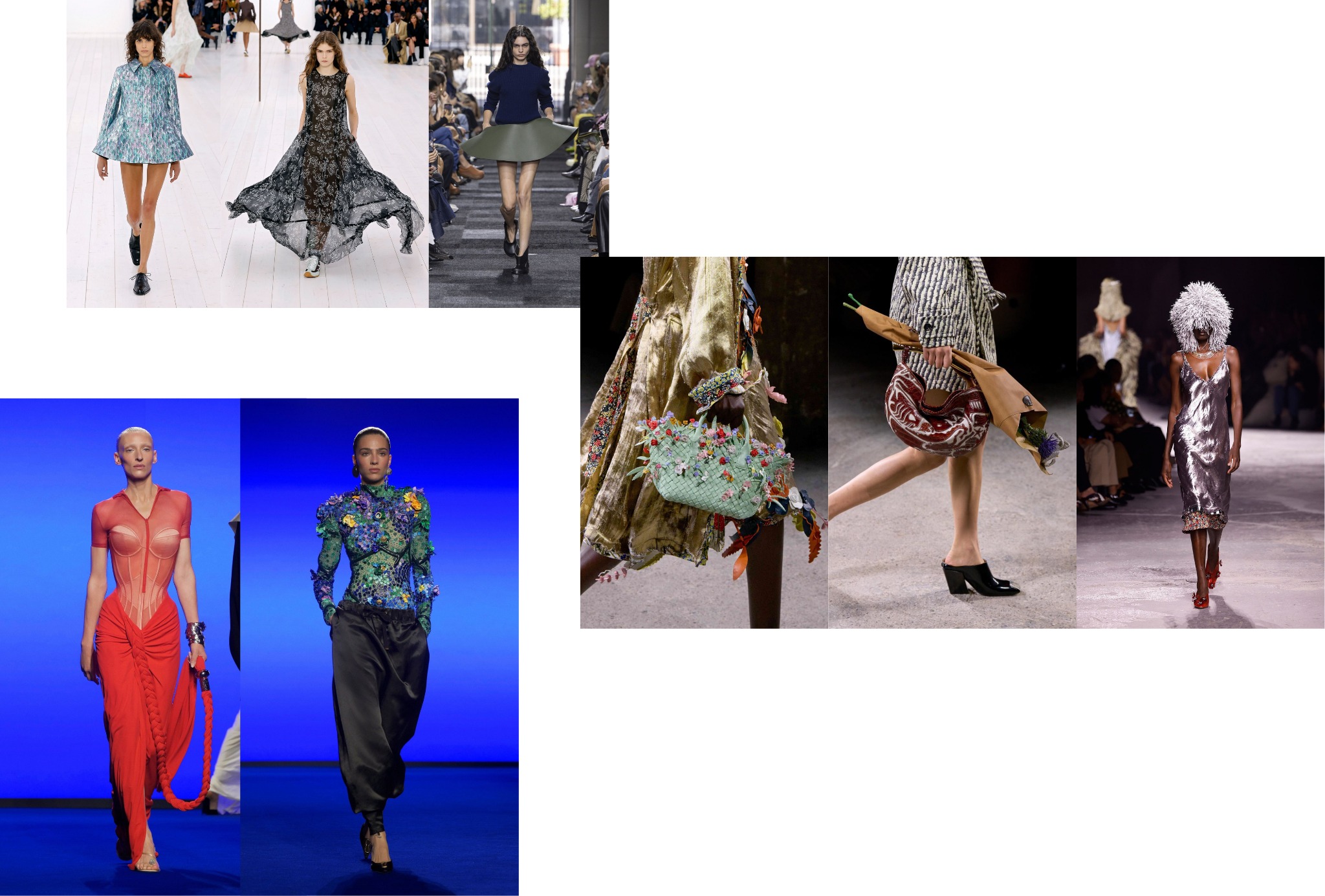
These successes link a strong creative direction and an artful eye to driving grassroots enthusiasm around a brand. They stand in complete contrast to the plethora of studio collections shown in recent years owing to the industry’s endless game of musical chairs, shoving random product down our throats. from Chanel’s wedge sandals (new Chloé did it first) to Dries Van Noten's aspirationless first presentation without its founder, I wonder if brands wouldn’t do better to stop the eternal churn while they look for a director.
But I digress. This might be controversial to some, but I didn’t like Prada. Yes, the dystopian bug-eyed sunglasses are cool af, but everything else seemed disjointed and not in a good way. A theory I heard was that this resulted from a study on Mrs Prada’s person, perhaps ahead of her leaving her co-creative director Raf Simons to his vices. Nevertheless, she was very present in Paris, where Miu Miu continued its line of “I’m just a girl” dressing, featuring messy casual layers and love-worn accessories. Yes, this approach crowned the brand as the hottest in the world for the millionth quarter in a row, and made it the only luxury player to still be growing aside from Hermès — but the formula is starting to feel a bit old.
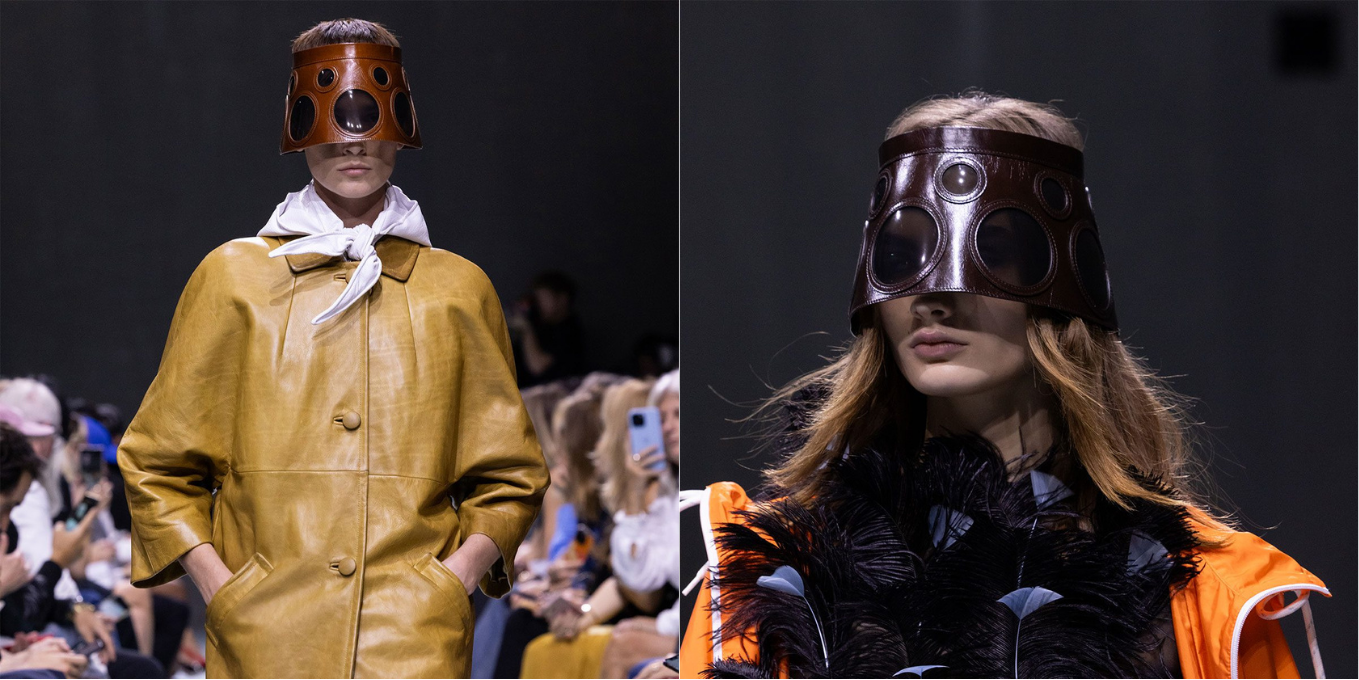
A brief intermission from the schedule to discuss the need for a revamp at Phoebe Philo, which, despite not staging any shows, gives off the impression it (and, ergo, its eponymous founder) doesn’t know what it wants to be. It’s as if Mrs Philo expected to waltz back into the ring after a seven-year hiatus — one that took place over a time of seminal change in how we perceive and consume fashion — and pick up where she left off at Céline. From refusing to do retail to now inking a hurried launch at Bergdorf Goodman, and from evading digital marketing to now relying on paid social campaigns to drive sales, the label seems to still be assessing its market positioning, which should have happened much earlier, not a year after its first drop. The trouble is that the niche originally honed by Philo during her tenure at Céline has now become The Row’s bread and butter. The oversized layers, neutral tones, extremely selective media and marketing seem like the natural continuation of old Céline — leaving Philo scrambling to self-identify.
On the topic of scrambled brand identity, Courrèges’ off-kilter collection struck a weird chord, featuring barely-there camis and tops that didn’t just come across as off-brand, but also poorly made. It stood in strong contrast to Alaïa’s masterclass of construction trompe l'oeil. The same goes for Heliot Emil, which, despite exuding its usual brand of harsh industrial cool, offered more of what we’re used to seeing from them — monochrome techno.
Other things I’m tired of: celebrity catwalk cameos. I understand it’s an easy way to cut through the noise and get more eyeballs on your show, but more often than not, it just overshadows the clothes — awkwardly. Kylie Jenner closing the Coperni show essentially nullified the rest of the lineup. Backstage, creative director Sébastien Meyer talked about the 2-year process of developing salt crystal-encrusted trousers. But as usual, creative conception took a backseat to make room for the brand’s infatuation with a viral moment. As illustrated earlier, designers who let their work speak for itself had the most impressive presentations anyway.
For model casting that actually elevates a presentation, look no further than Sunnei. For the Milanese brand’s 10th-anniversary, co-creative directors Simone Rizzo and Loris Messina rounded a lineup of 60-70-year-olds to offer commentary about ageing with grace and confidence. It tied in well with the season’s exploration of the passage of time, winning over audiences and industry alike (one stylist even commented that the casting was almost too distracting due to how mesmerising the models’ faces were).
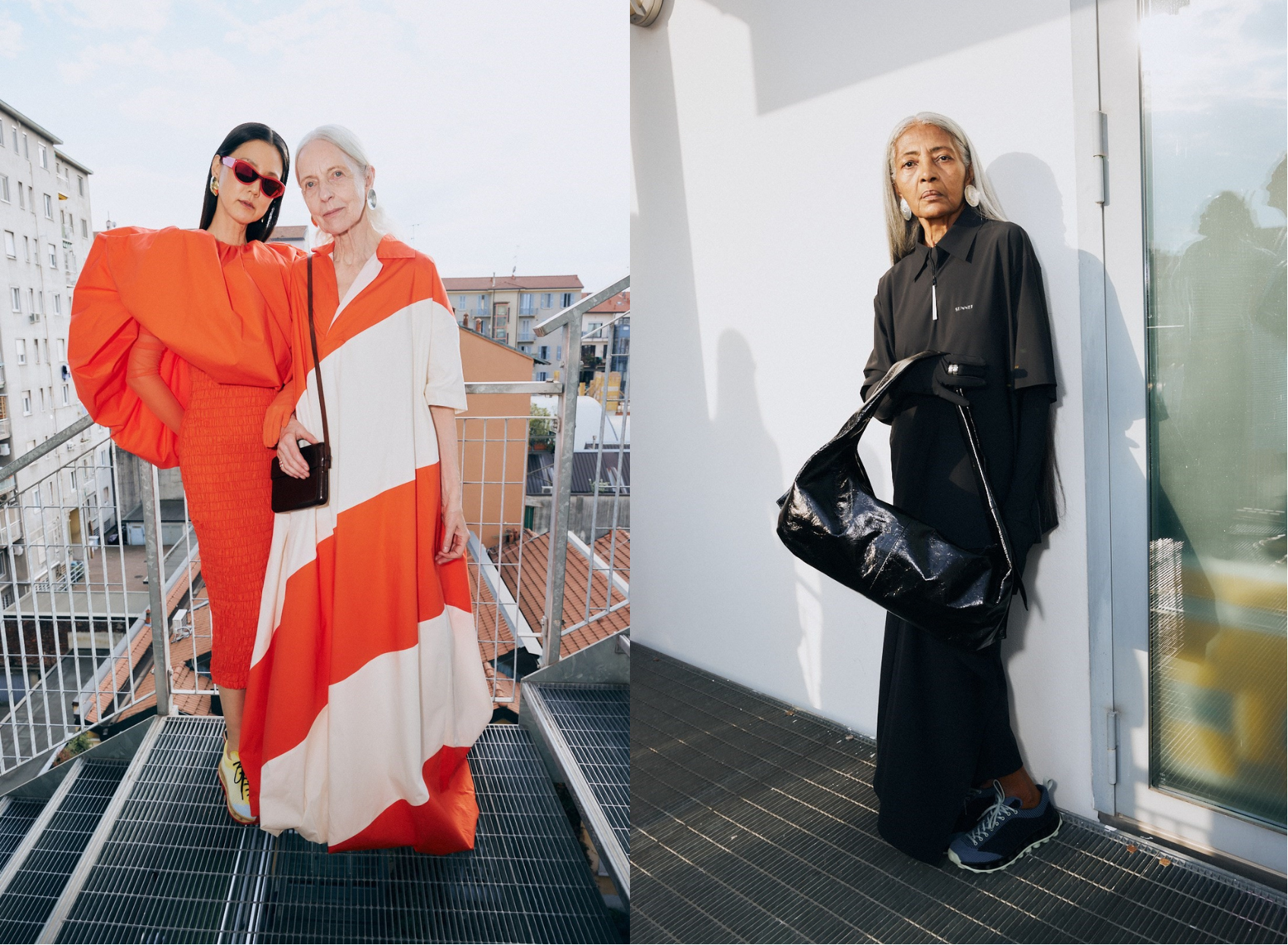
Another reflector on time was Jackson Wiederhoeft, presenting his namesake brand’s 5th-anniversary collection. Aptly named “Manifesto”, it featured three acts that explored the idea of holding on to romanticism against all odds. The brand’s typical structured corsets were displayed throughout, this time supplemented with flowing draped designs to offer a sense of dynamism.
Finally, a breath of fresh air was felt at Diesel, Mugler and Balmain, without an anniversary or change of leadership to prompt a reinvention — just talented creatives doing what they do best. At Diesel, Glenn Martens applied his renowned irreverence to make a case for circularity, treating archival denim and other fibre to heavy distressing that resulted in surprisingly lightweight, feather-like fabrics.
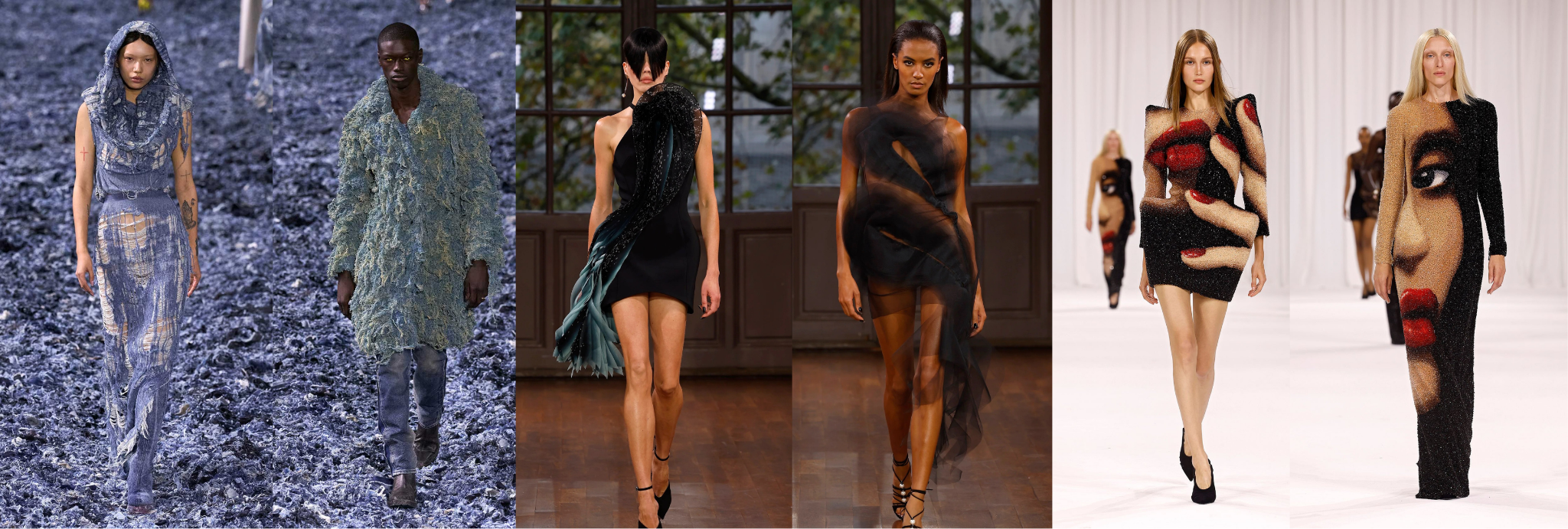
Mugler’s Casey Cadwallader applied his menacing aesthetic (his words) to the world of nature, drawing inspiration from flora to offer dreamlike silhouettes that were as romantic as they were architectural. Balmain’s Olivier Rousting stunned as he explored the avant-garde, showcasing the best collection I’ve seen from him in his 11-year tenure at the brand. From caricaturistic power shoulders to the surreally romantic beadwork, this offering was intellectual, wildly beautiful, and, bringing us back to square one — wearable.
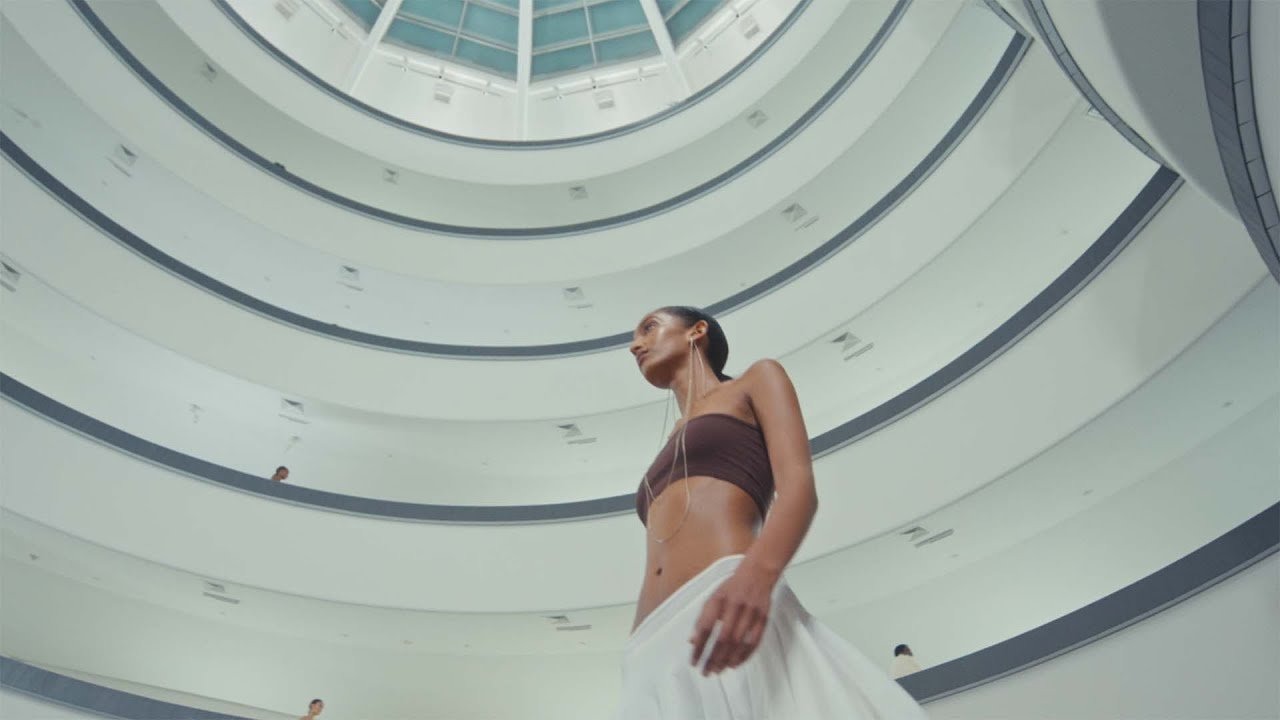
0 Comments Add a Comment?